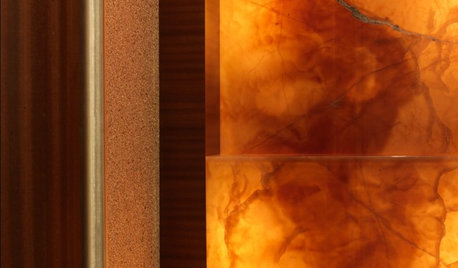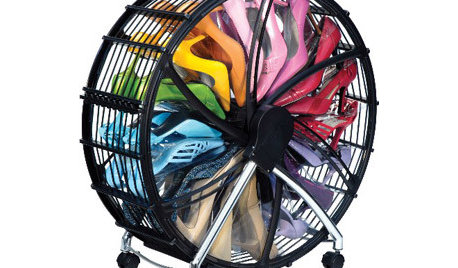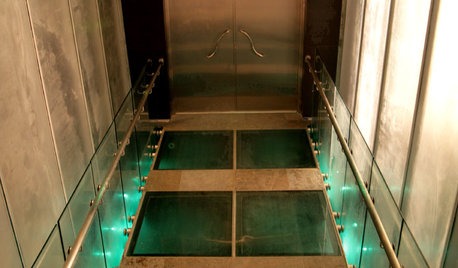I'm a Daddy!
randyscott77092
15 years ago
Related Stories

LIFEYou Said It: ‘Just Because I’m Tiny Doesn’t Mean I Don’t Go Big’
Changing things up with space, color and paint dominated the design conversations this week
Full Story
WINTER GARDENING6 Reasons I’m Not Looking Forward to Spring
Not kicking up your heels anticipating rushes of spring color and garden catalogs? You’re not alone
Full Story

LIFEYou Said It: ‘I’m Never Leaving’ and More Houzz Quotables
Design advice, inspiration and observations that struck a chord this week
Full Story

DECORATING GUIDESI'm Ready for My Close-Up: Beautiful Building Materials
Look closely, and soak up the beauty in some favorite details of fine home design
Full Story
CLOSETSGuest Picks: I'm Dreaming of a Wide Walk-In
20 organizing ideas to get the most out of a small closet
Full Story
FUN HOUZZEverything I Need to Know About Decorating I Learned from Downton Abbey
Mind your manors with these 10 decorating tips from the PBS series, returning on January 5
Full Story







exoticrainforest
Related Professionals
Carson Landscape Architects & Landscape Designers · Garland Landscape Contractors · Huntley Landscape Contractors · The Woodlands Landscape Contractors · White Bear Lake Landscape Contractors · Chicago Ridge Landscape Contractors · Bartlesville General Contractors · Del Aire General Contractors · Groveton General Contractors · Montebello General Contractors · Rocky Point General Contractors · Lincoln Siding & Exteriors · Colorado Springs Siding & Exteriors · Springfield Siding & Exteriors · Tooele Siding & Exteriors